AS2070: Aerospace Structural Mechanics
Jan-May, 2025
Table of Contents
Introduction
- Dated <2025-03-01 Sat>: Project document assignment uploaded, due on 14th March 2025.
- Please schedule a personal meeting with me through email to get a go-ahead for your project topic before starting work on your document.
- Dated <2025-04-05 Sat>: The slides of Module 2 have been updated to reflect the notation used in class. Please use this version only.
- Dated <2025-04-07 Mon>: Some more typos on the plane stress notation have been fixed in the module 2 slides.
- Dated <2025-04-12 Sat>: Typo on slide 25 fixed in module 2 slides.
- Dated <2025-05-05 Mon>: Errata fixed on Slide 23 in module 3 slides.
Instructor, TA, and the basics
- Dr. Nidish Narayanaa Balaji
- nidish@iitm.ac.in, Room 139 AE building
- TA: Priyanka Samal, Senthil Balamurugan.
- Textbook References
- Module 1
- Module 2
- Module 3
Some Planning
The lectures will be split into three modules:
Sno. Topic Lectures Assignments 1 Elastic Stability 11 1-2 2 Laminated Composites 11 1-2 3 Introduction to Failure 11 1-2 Total 33 3-6 - The weekly split-up (nominally) is
- 3 Lectures
- 1 Tutorial
- The weekly split-up (nominally) is
Grading Policy
- The End Semester Examination will carry 40% weightage for the overall.
- The quizzes (together) will carry 30% weightage.
- The assignments (together) will carry 15% weightage.
- A Course Project will carry 15% weightage.
Honor Code Policy
Honor Code Policy
You are required to sign an honor code for each submission, failing
which evaluation will not be done.
Upon my honor I state that I have received no unauthorized support and can attest that the submission reflects my understanding of the subject matter.
- The honor code may be signed either by hand or just initials (in case of typed submission), but the key is that you should mean it.
- Honor code violations will not be taken lightly.
Assignment Policy
- Each module will have at least one assignment and at most 2.
- Late submissions will be accepted till the closest subsequent weekend with a linear penalty accrued.
- For example, if an assignment is due on a Tuesday, late submissions will be accepted till Sunday night.
- The obtained grade will be scaled by a factor of \(\frac{1-x}{5\times24\times60\times60}\) where \(x\) is the number of seconds elapsed since midnight Tuesday.
Course Project
- The first week of classes will provide an executive overview of the three modules to be taught in the class.
- You will be given 2 weeks' time to decide which module you want to work on for your project.
The problem statement for the project is:
Develop an experimental demonstration of pedagogical value that highlights some of the concepts covered in class.
- I will group you in teams of 5-6 based on your preferences.
- The deliverables are:
- a demonstration of the experiment.
- a 15 minute presentation to class.
- a 1-2 page summary (keep this very brief).
Attendance Policy
- I will be using an Attendance App on a tablet to record attendance.
- The app logs the time of press also, so attendance will be computed as the ratio of the number of seconds spent in class and the total number of class hours.
- Please be aware of institute policy regarding attendance matters, I can not provide any flexibility here.
Module 1: Elastic Stability
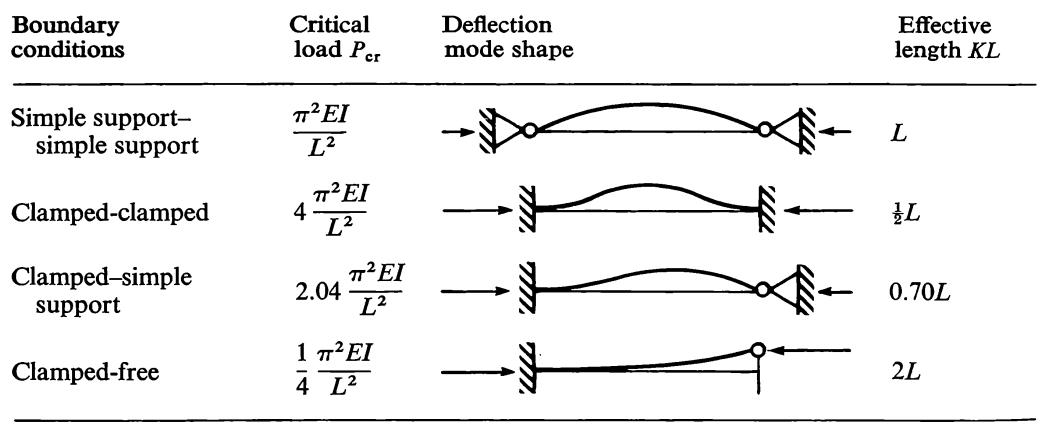
Figure 1: Table from [1]
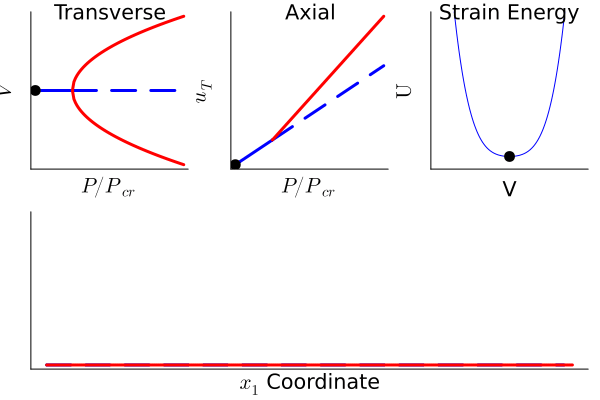
Figure 2: (Elastic) Post buckling of simply supported column
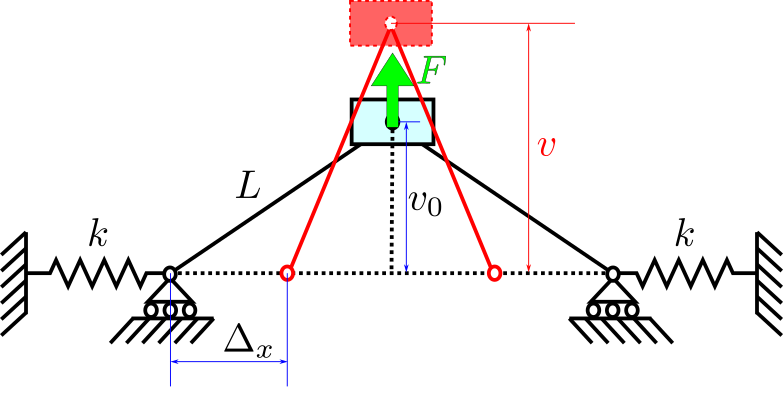
Figure 3: Snap-through example from [8]
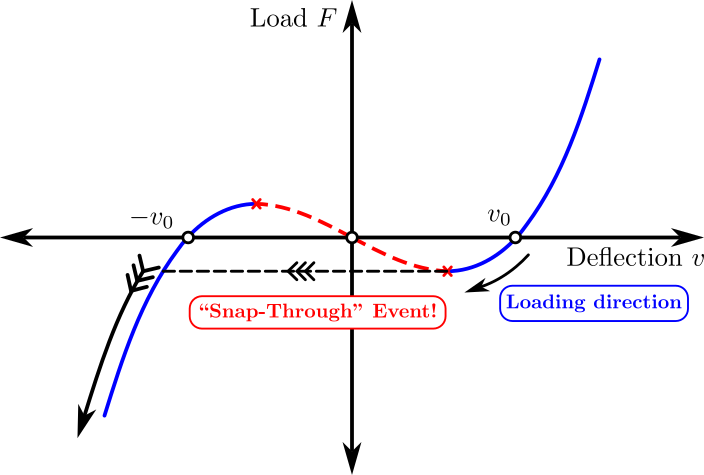
Figure 4: Load-deflection diagram for the SDoF snap-through example
Overview
- What is stability?
- Buckling of columns
- Energy Perspectives to Stability
- Snap-Through Buckling
- Flat Plates
Module 2: Laminated Composite Mechanics
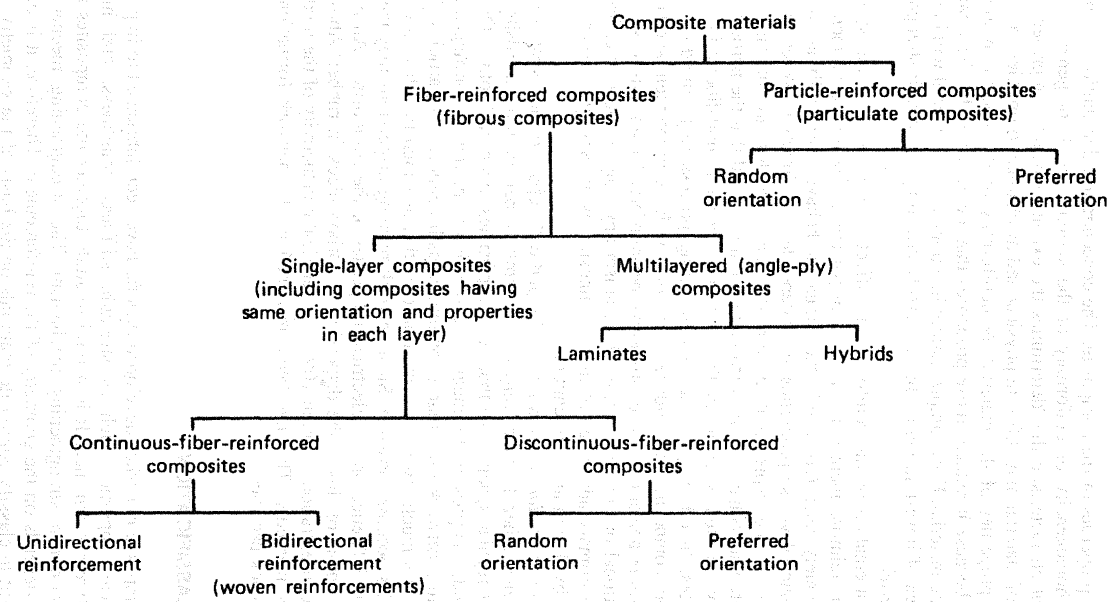
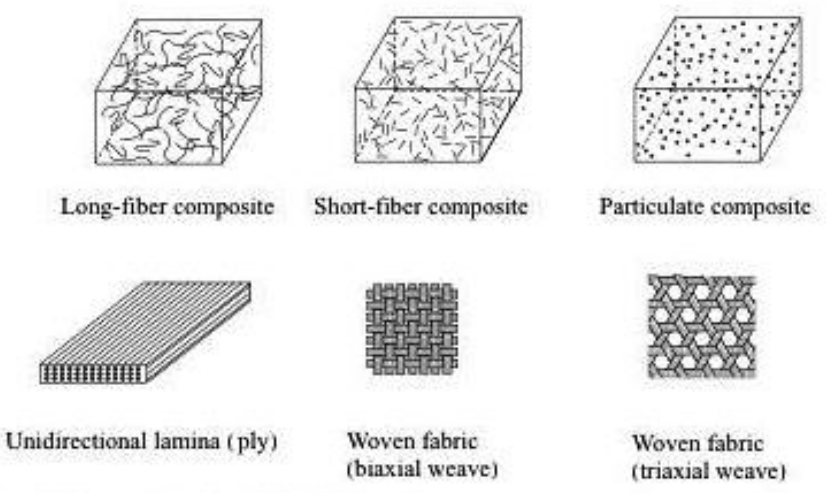
Overview
- Classification of composite materials
- Continuous fiber composite laminate
- Interlaminar strength is matrix dominated.
- Woven fiber composites
- Strength compromized but no risk of delamination.
- Chopped fiber composites
- Poorer strength but cheaper.
- Hybrid composites
- Sandwich structure
- High strength faces bonded through a lightweight foam/honeycomb core.
- High flexural stiffness-to-weight ratios.
- Continuous fiber composite laminate
- Materials in Composites
- Fibers
- Fiberglass-Reinforced Plastics (FRPs)
- Low cost, "basic" composites
- "Advanced" composites: Carbon, SiC, aramid polymer, etc.
- Higher modulus, strength; lower density.
- Carbon Nanotubes, Nanofibres.
- Fiberglass-Reinforced Plastics (FRPs)
- Matrix, Filler
- Polymers
- Thermosets: Epoxy, Polyester, etc.
- Highly cross-linked 3D molecular network which doesn't melt again.
- Thermoplastics: Polyetherketone (PPEK), PolyPhenyl Sulphide (PPS), etc.
- Polymer chains that do not cross-link. Will melt, can be reshaped.
- Thermosets: Epoxy, Polyester, etc.
- Metal, ceramic, or carbon matrix for higher temperature applications.
- Polymers
- Fibers
- Effective Moduli, Effective Strength.
- Constitutive relationships.
- Classical Laminate Theory (Subject to Time)
Module 3: Introduction to Failure
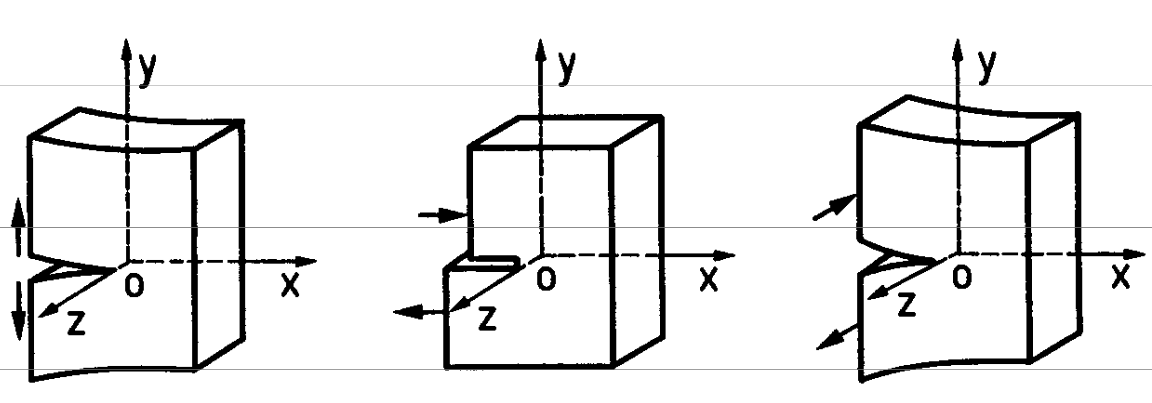
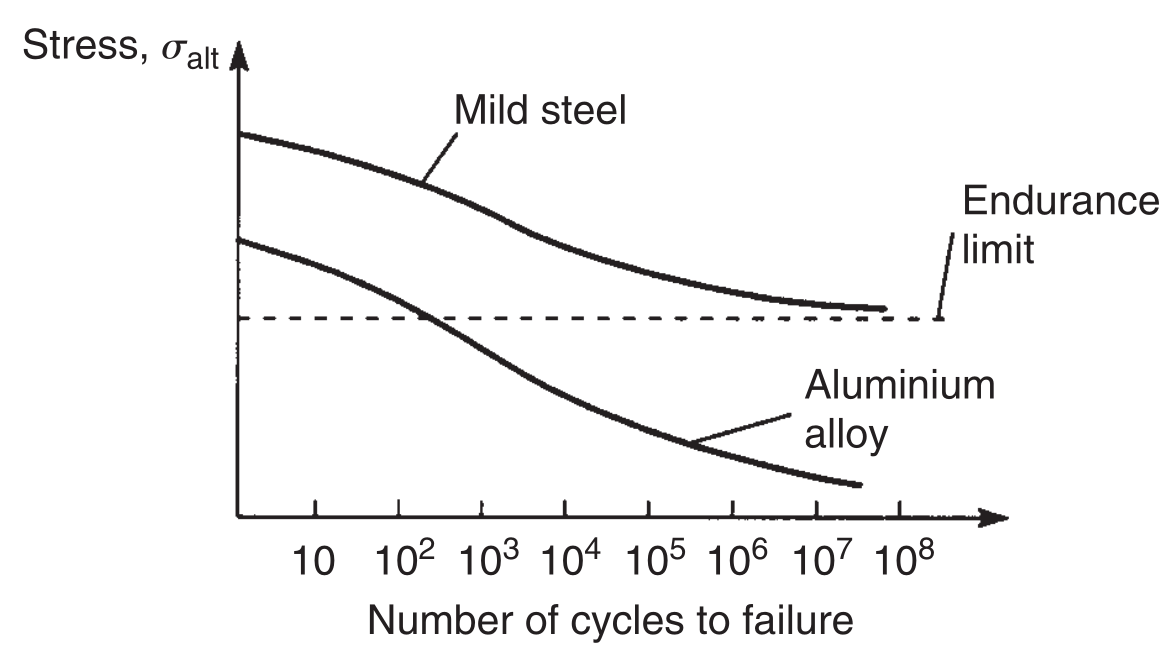
Overview
- Structure of Materials
- Lattice, Defects
- Introduction to Fatigue
- S-N Curve
- Miner's Rule
- Stress Concentration
- Introduction to Fracture Mechanics
- Modes of Fracture
- Crack Growth
Michell Solution
Course Project
Tasks
- Indicate project preferences:
- Moodle Link: https://courses.iitm.ac.in/mod/assign/view.php?id=52699
- Deadline: 11.59pm,
References
[4]
L. P. Kollár and G. S. Springer, Mechanics of Composite Structures. Cambridge: Cambridge University Press, 2003. doi: 10.1017/CBO9780511547140.
[5]
R. F. Gibson, Principles of composite material mechanics, 3rd ed. in Dekker mechanical engineering. Boca Raton, Fla: Taylor & Francis, 2012.
[6]
Fracture Mechanics: An Introduction, Second Edition. in Solid Mechanics and Its Applications, no. 123. Dordrecht: Springer Netherlands, 2005. doi: 10.1007/1-4020-3153-X.
[8]
R. Wiebe, L. Virgin, I. Stanciulescu, and S. Spottswood, “On Snap-Through Buckling,” in 52Nd AIAA/ASME/ASCE/AHS/ASC Structures, Structural Dynamics and Materials Conference, Denver, Colorado: American Institute of Aeronautics and Astronautics, Apr. 2011. doi: 10.2514/6.2011-2083.